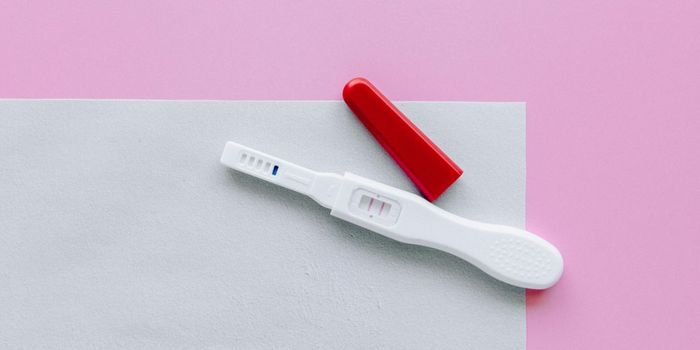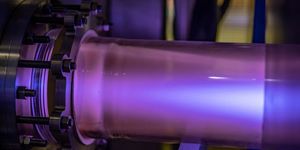Study Examines Electrodes Grown in the Brain
Researchers in Sweden have cultivated electrodes in living brain tissue using the body’s molecules. The body’s endogenous molecules trigger electrode formation. No genetic modification or external signals such as light or electrical energy is necessary to activate this process. The study paves the way for the future formation of wholly integrated electronic circuits in living organisms.
Connecting electronics to human tissue allows researchers to understand complex biological functions and develop interventions to combat brain diseases in the brain. Conventional bioelectronics have a fixed and static design, making them extremely challenging to combine with living biological signal systems. However, in several previous experiments, Lund University researchers successfully formulated electrodes in the brain, heart, and tail fins of zebrafish and around the nervous tissue of medicinal leeches. The injected gel and electrode formation do not negatively impact the animals.
The researchers used a method for developing soft, substrate-free, electronically conductive materials in living tissue that involves an injection of a gel containing enzymes. These enzymes act as “assembly molecules” that allow the researchers to grow electrodes in the zebrafish tissue, food samples (beef, pork, chicken, and tofu), and proof of concept of an in vitro fertilization of medicinal leech nerves. The structure of the viscous gel is not electrically conductive until injection and combination with the tissue, and this process induces polymerization and gelation in different tissue environments. Study author and professor at Lund University Dr. Roger Olsson explained, “By making smart changes to the chemistry, we were able to develop electrodes that were accepted by the brain tissue and immune system. The zebrafish is an excellent model for the study of organic electrodes in brains.” The researchers demonstrated that the method can target the electronically conducting material to specific biological substructures and creates effective nerve stimulation interfaces.
Sources: Eureka News Alert, Science








